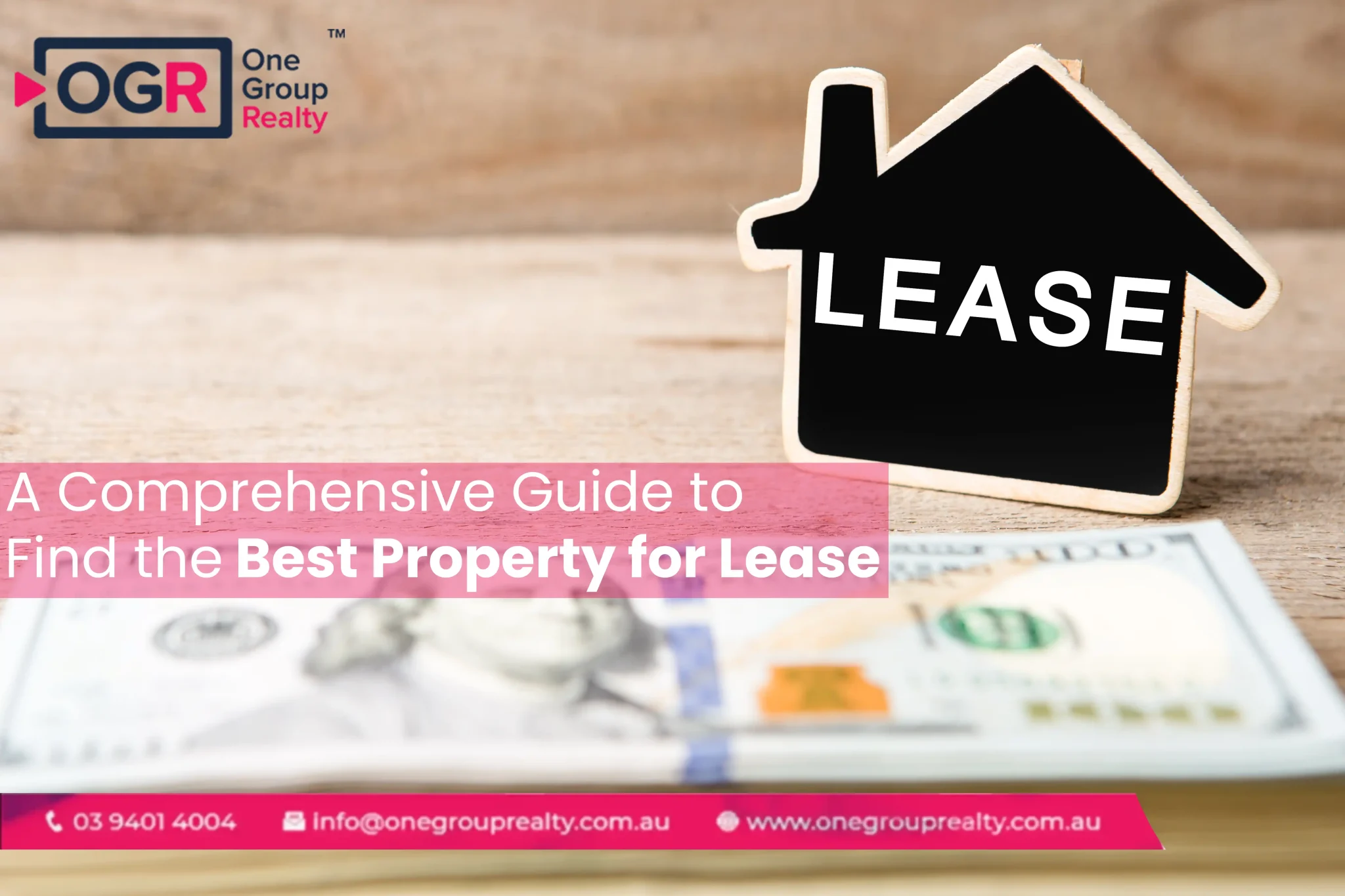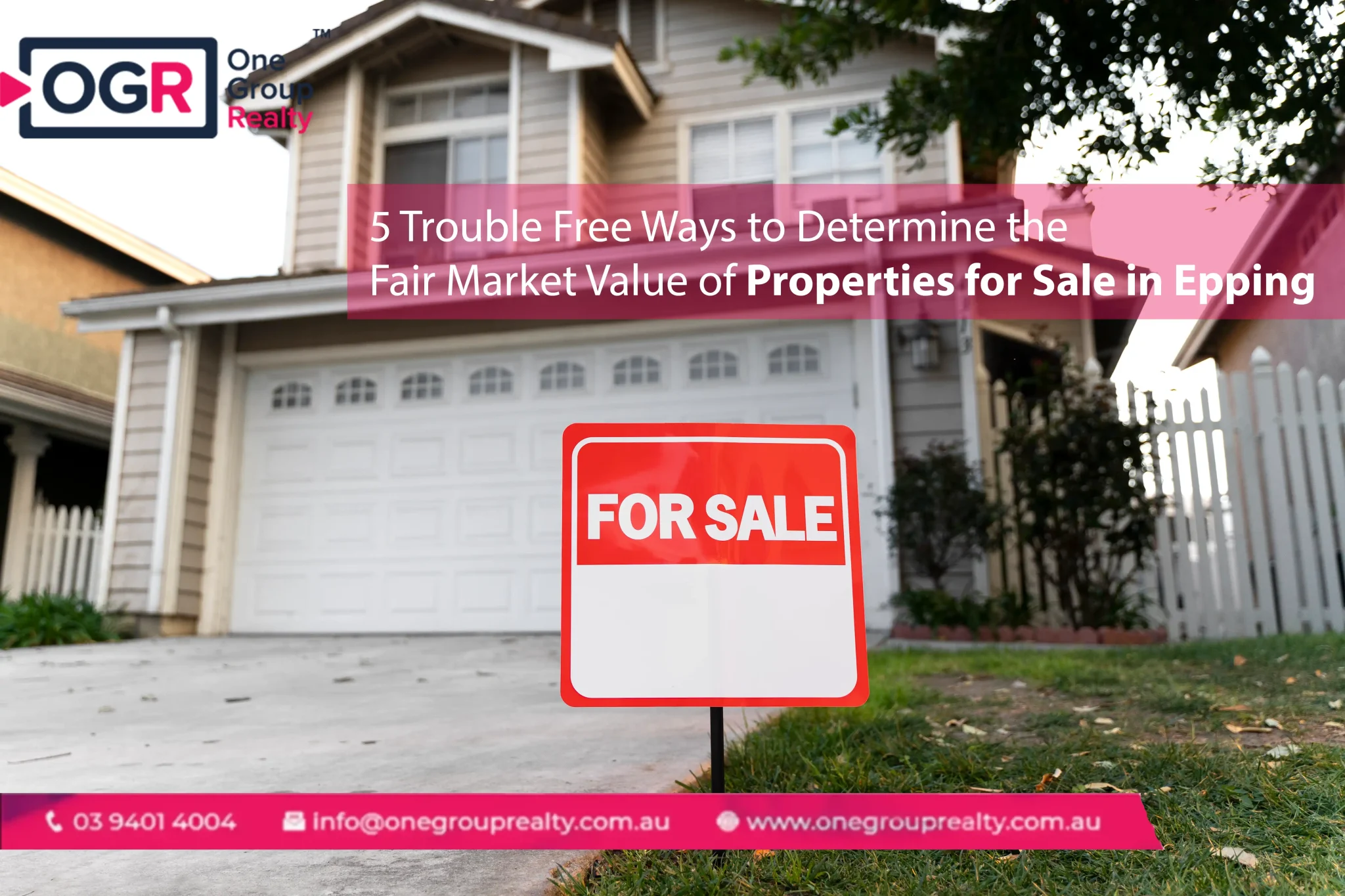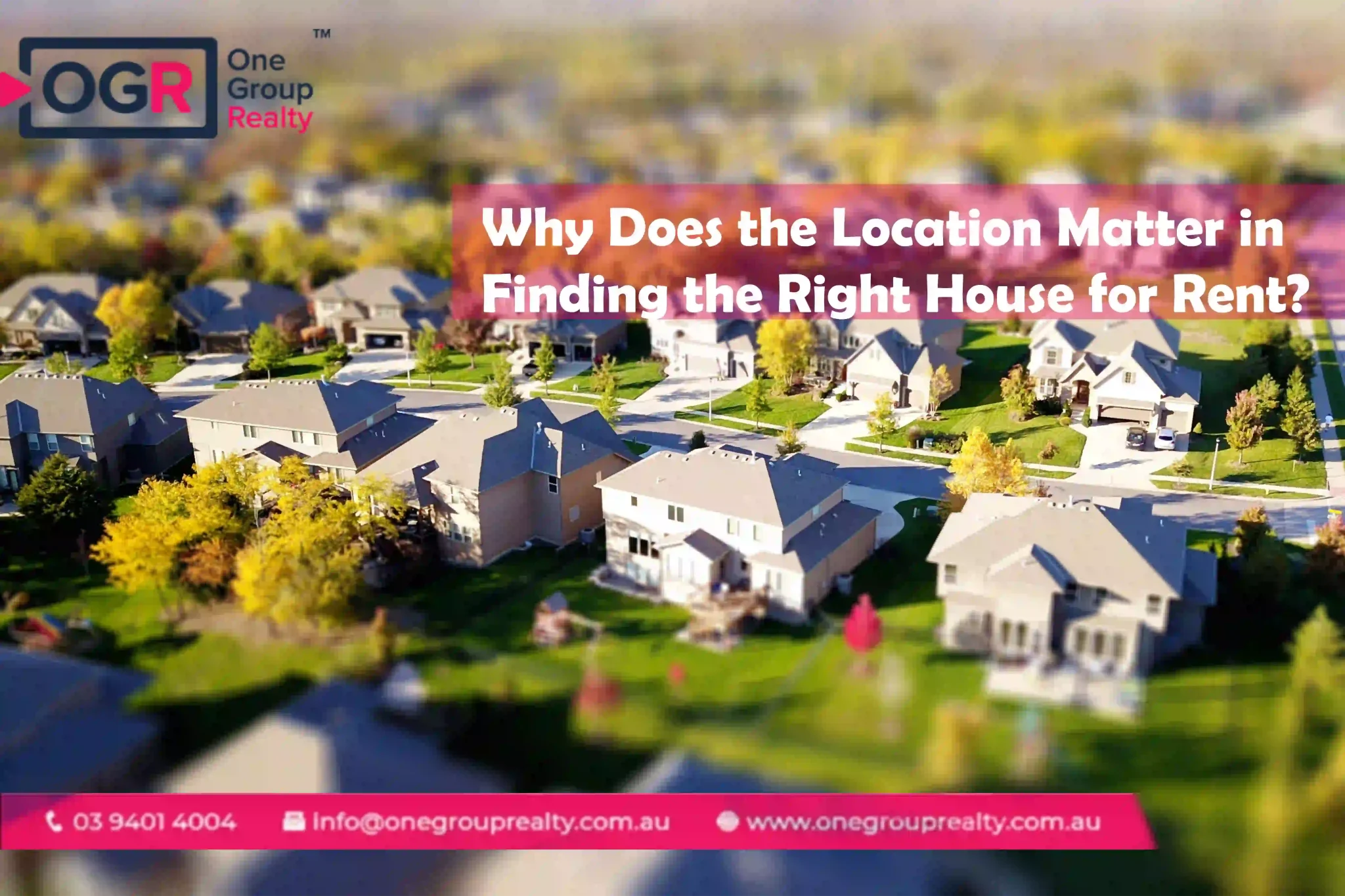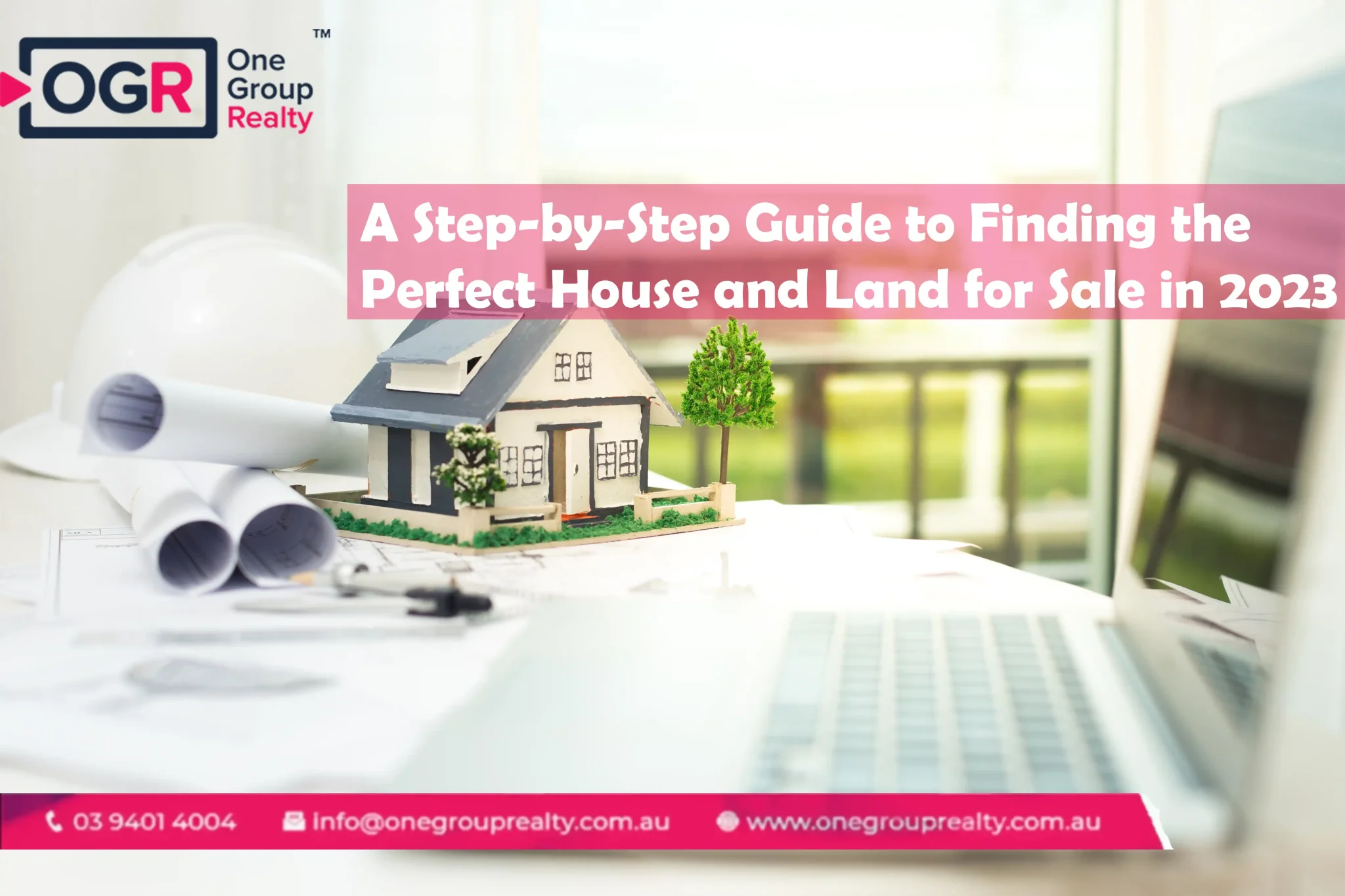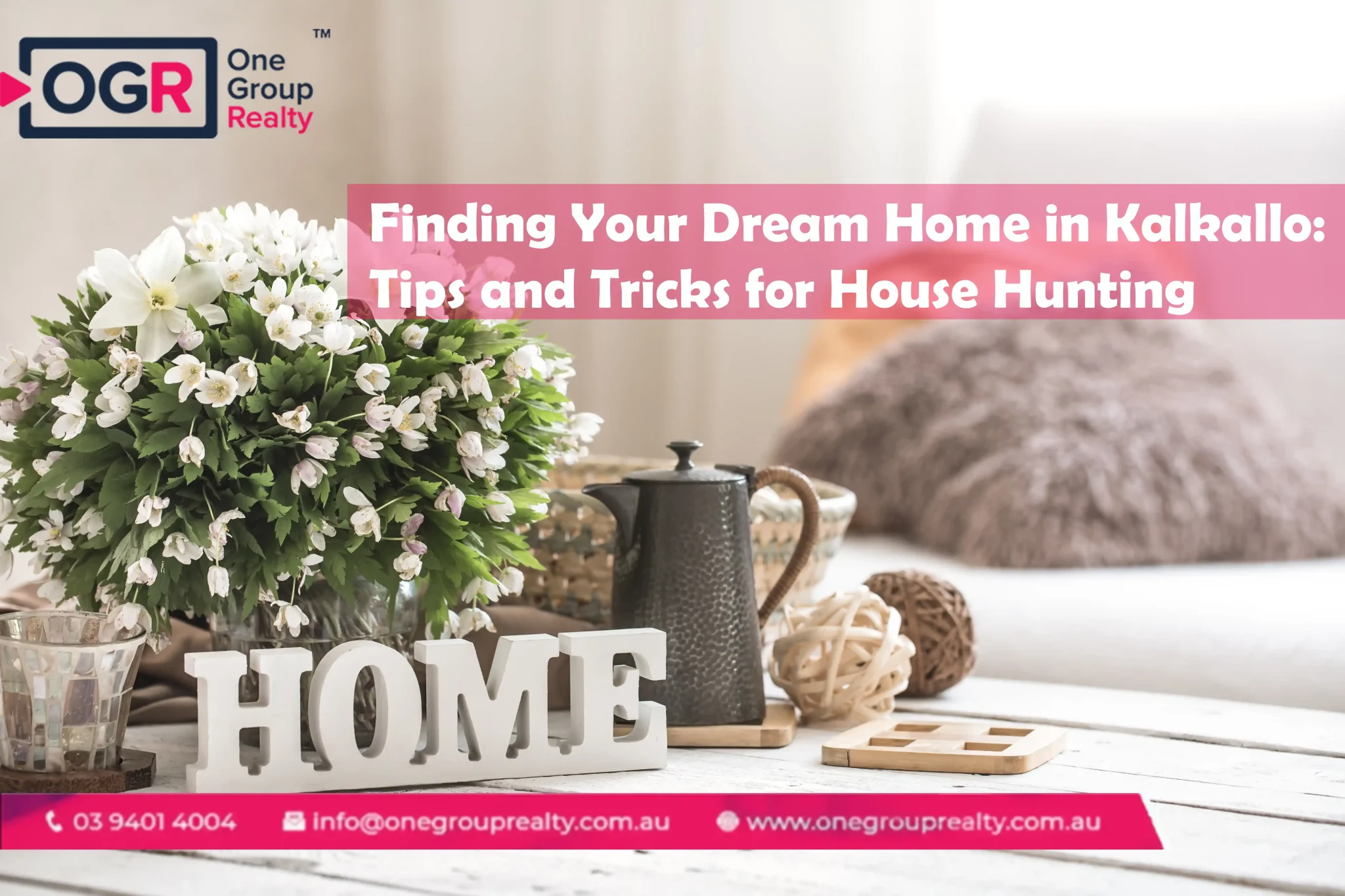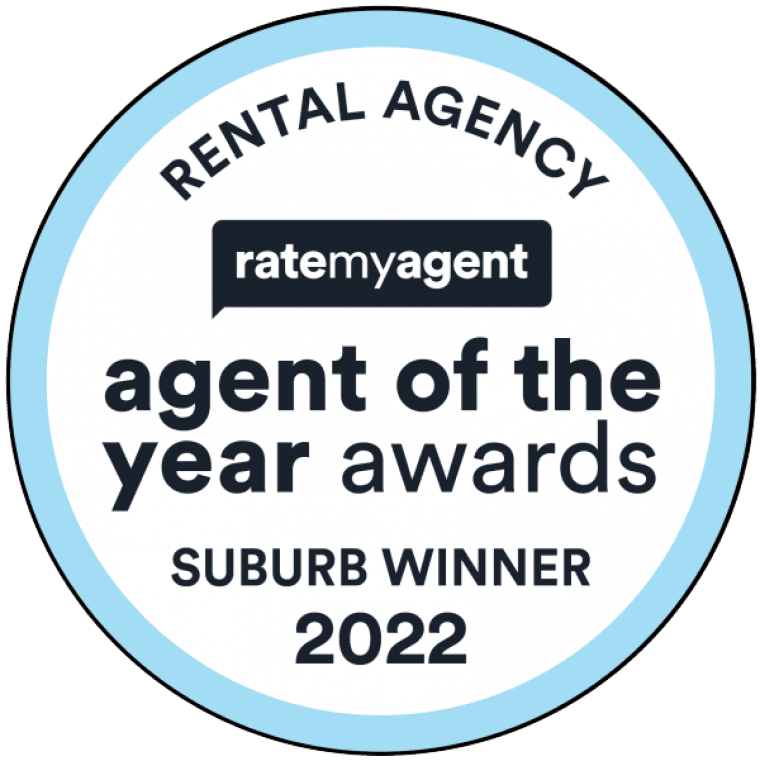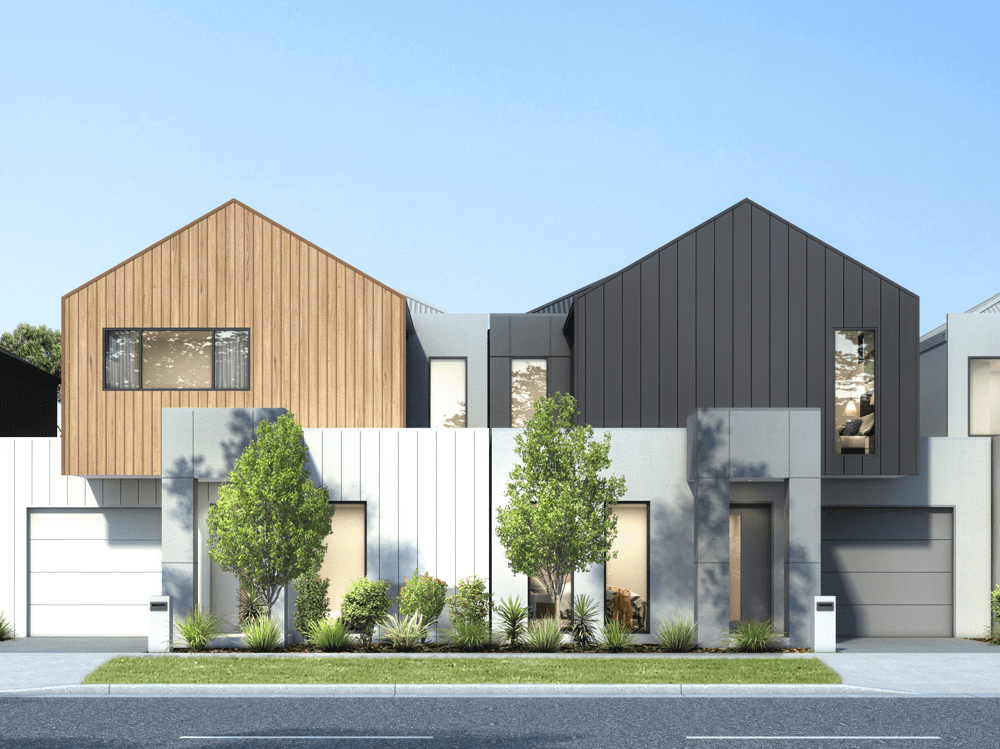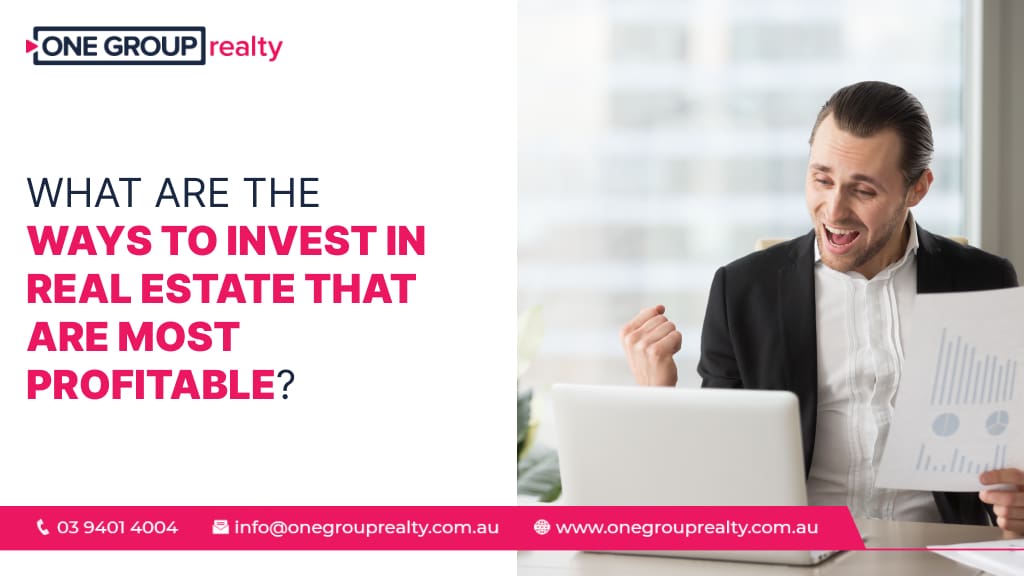
Purchasing an investment home is one of Australia’s most popular investment options. Investing in real estate should be about building wealth and safeguarding your financial future. However, there is a popular assumption on Real Estate Agency Epping that property investing always yields positive returns; while this is true most of the time, it isn’t always the case. It’s important to remember that how well you manage your investment will influence whether or not it helps you achieve your financial goals. When you consider your rental income and the tax benefits you’ll be entitled to, the cost of owning an investment property might be surprisingly modest.
So, apart from earning a passive income through House on rent in Epping, here are some interesting points to take note on getting a profitable earning from real estate –
Home Ownership
With over 70% of Australian households owning their own home (one of the highest rates in the world! ), this is by far the most frequent investment plan. This technique entails purchasing a House for Sale Kalkallo and relocating to it. You could perform modifications to boost the worth of your home over time, or the market could simply rise in value over time, increasing the value of your home. In most cases, you are not making any revenue from your home; rather, it increases in value over time as a result of you having it.
Buy and Hold
This is sometimes referred to as long-term purchasing or investing. This is when you buy a house and keep it as a rental property. You then hope that the property will appreciate in value over time as the market improves. You also aim to make money from rental income at some point (albeit not always).
Positive Cash Flow
The rental income coming in from the property is larger than the expenses going out, resulting in a passive income property or positive cash flow property. This means you’ll have money left over each month, week, or year, which you may use to pay down the mortgage, reinvest, or put toward your lifestyle.
Negative Gearing – Capital Growth
This method is purchasing a property with a lower income than the expenses, with the goal of recouping the difference in value increase.
Renovate And Hold (To Rent)
Rather than buying a house, remodelling it, and then selling it, you’re buying a house and renovating it to boost the rental income. Ideally, you want to make it into a positive cash flow asset and then rent it out. If you invest using this technique, it’s quite likely that the property you originally purchased would not generate positive cash flow or provide a good return if you started renting it out right away. However, if you’ve renovated it and the rent has increased as a result, you can now demand a higher rate.
Dual Occupancy
This is a terrific approach to boost a property’s rental return and may be a very winning approach. However, you must go over the council’s registers to confirm that everything is in order, or you may have difficulty getting insurance on the house.
Property Syndicates
This is where you buy into a property syndicate or a property fund, and they go out and invest for you, and you get a percentage of the revenue or profit made by these property shares. This is a terrific option to take a step back while still investing, especially if you don’t have the whole deposit to go out and buy a house on your own. Always do extensive research on any syndicate before agreeing to a deal.
Commercial Real Estate
In most cases, a bigger deposit (about 30%) is required to purchase commercial real estate. Some lenders will provide you with an 80 percent loan, but you will need to contact a mortgage broker about this. Commercial property can be advantageous since the rental yields are often larger than those of nearby residential properties, and renters in commercial buildings typically cover the majority of the continuing expenses (maintenance, council rates etc).

